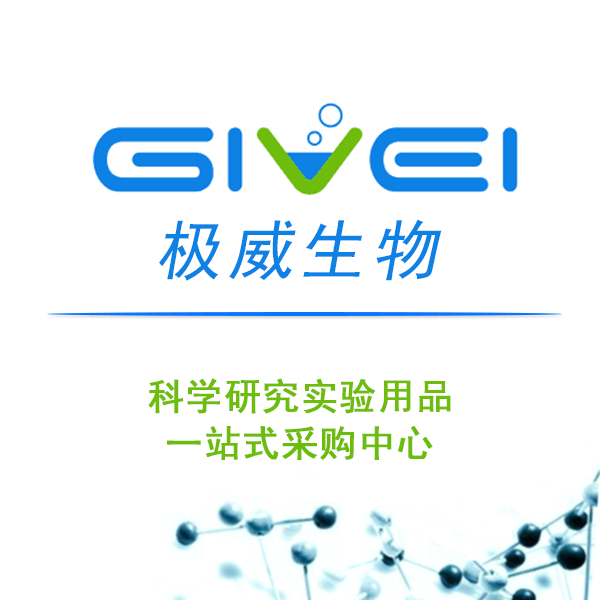暂无数据
产品名称
起订量
单价(含增值税)
库存(PCS)
起订数量
-
Recombinant Mouse Ectodysplasin Receptor/EDARGV-P01046-10ug¥ 1064.001
-
Recombinant Mouse Ectodysplasin Receptor/EDARGV-P01046-50ug¥ 3000.001
-
Recombinant Mouse Ectodysplasin Receptor/EDARGV-P01046-500ug¥ 13520.001
-
Recombinant Mouse Ectodysplasin Receptor/EDARGV-P01046-1mg¥ 18800.001
产品简介
| Known as | Tumor necrosis factor receptor superfamily member EDAR; Anhidrotic ectodysplasin receptor 1; Downless; Ectodermal dysplasia receptor; Ectodysplasin-A receptor |
| Derived from | Human Cells |
| Purity | Greater than 95% as determined by reducing SDS-PAGE. |
| Formulation | Lyophilized from a 0.2 μm filtered solution of PBS, pH 7.4. |
| Storage | Lyophilized protein should be stored at < -20°C, though stable at room temperature for 3 weeks.Reconstituted protein solution can be stored at 4-7°C for 2-7 days.Aliquots of reconstituted samples are stable at < -20°C for 3 months. |
| Reconstitution | Always centrifuge tubes before opening. Do not mix by vortex or pipetting.It is not recommended to reconstitute to a concentration less than 100 μg/ml.Dissolve the lyophilized protein in distilled water.Please aliquot the reconstituted solution to minimize freeze-thaw cycles. |
| Endotoxin | Less than 0.1 ng/ug (1 EU/ug) as determined by LAL test. |
| Background | Ectodysplasin A receptor (EDAR) is a type I transmembrane protein of the TNF-α receptor superfamily which plays a key role in ectodermal differentiation. EDAR was encoded by the mouse downless gene and defective in human dominant and recessive forms of autosomal hypohidrotic ectodermal dysplasia (EDA) syndrome. The extracellular domain of EDAR contains 14 cysteine residues, six of which approximate the TNFRSF cysteine-rich region, the cytoplasmic domain contains a region with homology to the death domains found in other TNFRSF members. EDAR has been suggested to be an early and important promoter of placode development in all ectodermal organs, such as uch as hair follicles, teeth and sweat glands. EDA-A1, the A1 isoform of EDA, is the EDAR ligand. EDA and EDA are implicated in appendage development by the cloning of a gene underlying hypohidrotic ectodermal dysplasia (HED) in mouse and human. HED is characterized by agenesis or malformation of ectoderm-derived appendages, such as teeth, sweat glands and hair follicles, while the skin itself develops normally. |
| 规格 | 10ug50ug500ug1mg |
注意:
1.本产品仅供科研使用。请勿用于医药、临床诊断或治疗,食品及化妆品等用途。请勿存放于普通住宅区。
2.为了您的安全和健康,请穿好实验服并佩戴一次性手套和口罩操作。
暂无数据
我要询价
*联系方式:
(可以是QQ、MSN、电子邮箱、电话等,您的联系方式不会被公开)
*内容:












